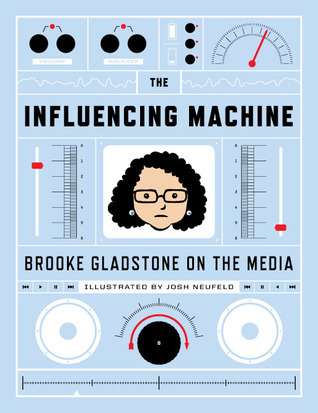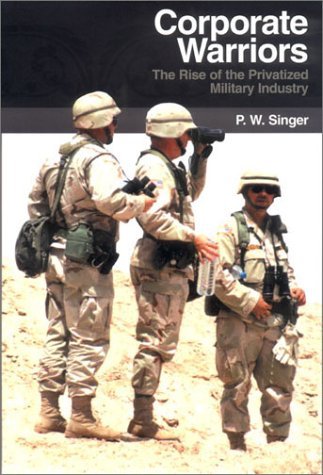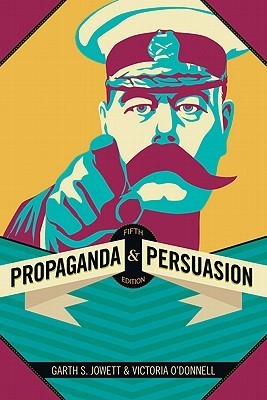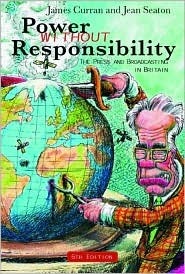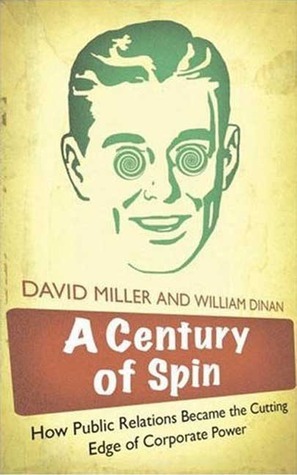
A Century of Spin: How Public Relations Became the Cutting Edge of Corporate Power
Book Description
Behind every corporate titan lies a master of spin, weaving narratives that shape public perception and wield influence with precision. "A Century of Spin" unveils the secret world of public relations, revealing its transformation from an obscure art to a vital weapon in corporate warfare. Through gripping anecdotes and profound insights, David Miller exposes the tactics that have redefined power dynamics, turning truth into a malleable tool for the elite. As industries rise and fall on the strength of their stories, one question looms: Who really controls the narrative in our world, and can truth ever reclaim its place?
Quick Book Summary
"A Century of Spin" by David Miller offers a revealing exploration of how public relations (PR) evolved from its origins as a marginal profession into a central force in the accumulation and exercise of corporate and political power. The book traces the tactics, evolution, and reach of PR, showing how it has been used to manufacture consent, sway public opinion, and systematically reframe truth to serve corporate interests. Using detailed case studies and historical examples, Miller demonstrates that PR is not simply about promoting products or brands—it's deeply entwined with shaping public debate, managing crises, and influencing democratic institutions. This work challenges readers to question who controls information, the ethics of persuasion, and whether citizens can ever gain access to unmediated truth in a world saturated by corporate spin.
Summary of Key Ideas
Table of Contents
The Birth and Institutionalization of Public Relations
The narrative begins in the early 20th century with the birth of public relations as an answer to mounting criticism of powerful corporations. Pioneers like Edward Bernays and Ivy Lee borrowed techniques from advertising and propaganda, creating a playbook for image management and public persuasion. Initially, PR operated in the shadows, helping magnates navigate scandals, build favorable reputations, and cultivate the illusion of benevolent corporate citizenship. Over decades, PR institutions multiplied and professionalized, gaining legitimacy as arbiters of information and mediators between business, politics, and the public.
PR’s Role in Shaping Public Opinion and Democracy
Miller outlines how the primary function of PR transcended simple promotion, becoming a tool to shape policy debates and public opinion. Corporations and governments learned to deploy "spin" not only to sell products, but to diffuse scandals, undermine opponents, and steer social conversations. By hiring former journalists, infiltrating grassroots organizations, and funding research and think tanks, PR professionals blurred the line between objective reporting and paid advocacy, transforming news into a battlefield of influence.
The Corporate Use of Spin to Manage Crises and Dissent
One major strategy covered is crisis management—PR specialists deploy distraction, strategic apologies, and scapegoating to minimize reputational damage during controversies. Miller discusses infamous examples where corporations stifled whistleblowers, manipulated scientific studies, or launched aggressive campaigns to discredit activists. The aim is not merely to manage bad press temporarily, but to erode public trust in critics, refocus attention on positive narratives, and ultimately, to normalize corporate perspectives as reality.
Creating Smoke Screens: Manipulation of Truth and Media
A core concern of the book is the manipulation of truth through the creation of confusion, or "manufactured doubt." PR campaigns are adept at muddying scientific consensus (as seen in tobacco, pharmaceuticals, and climate change), sowing division, and producing competing "experts" to dilute inconvenient facts. Media organizations, increasingly reliant on corporate sources, unwittingly amplify these narratives, making it harder for the public to differentiate between genuine information and orchestrated spin.
Prospects for Transparency and Reclaiming Public Discourse
Miller concludes by assessing whether truth can reclaim its place in public discourse. While the pervasive reach of PR and media manipulation presents formidable obstacles, grassroots activism, investigative journalism, and regulatory reforms offer hope. The author calls for transparency in PR practices, media literacy education, and democratic controls over information flows. Only by exposing the machinery of spin and demanding accountability can society hope to restore integrity to the public sphere.
Download This Summary
Get a free PDF of this summary instantly — no email required.
